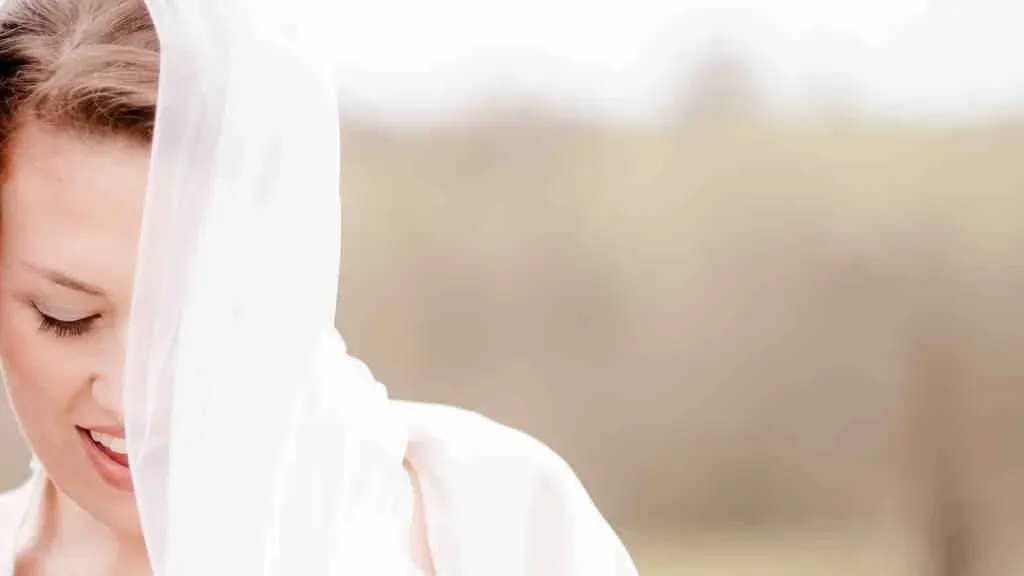Reportage Wedding Photography Bath
As the great Bill Bryson once wrote, “Nothing – and I mean nothing – can prepare you for the surprises that life throws at you.” This holds just as true for the budding wedding photographer as it does for the wide-eyed tourist embarking on a round-the-world adventure. Like Bryson, who masterfully documents the unexpected joys and challenges he encounters on his travels, the wedding photographer has the unique task of capturing not only the meticulously planned details of a wedding day, but also the unscripted moments of joy, surprise, and emotion that are the true heart of the event.
In the world of wedding photography Bath, this approach is known as reportage, or documentary-style, photography. Here’s how you can hone your skills, find your style, and become an expert in this field.
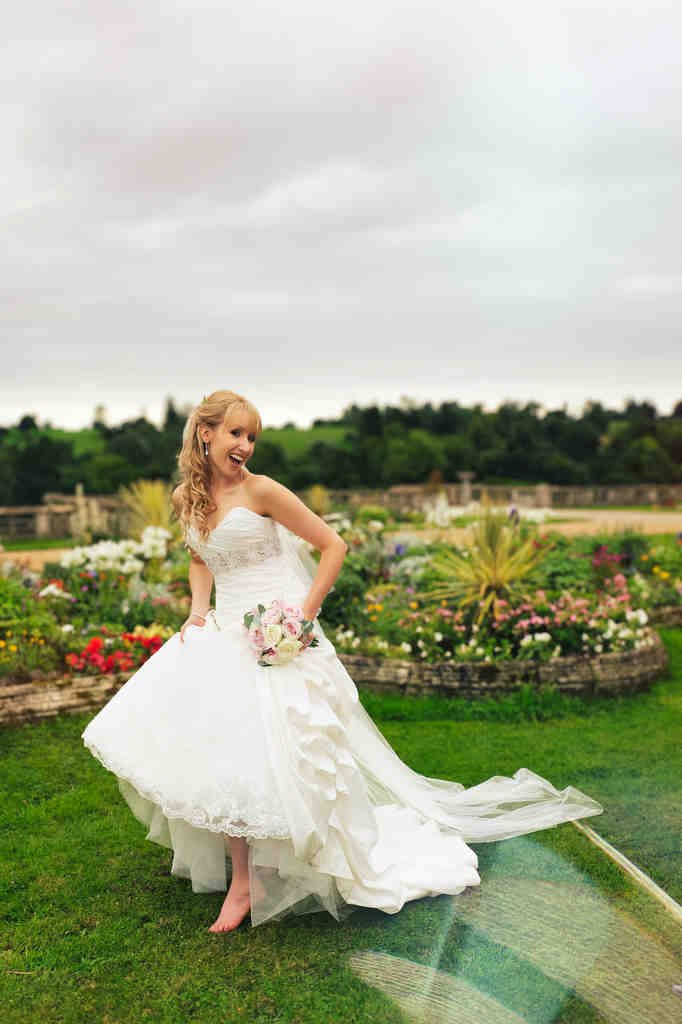
Skills
As a reportage wedding photographer, you’ll need a unique set of skills that will allow you to tell the story of a wedding in the most authentic and captivating way. Here’s how to build those skills:
Learn the Basics: Before you can develop a unique style, you’ll need to master the fundamentals of photography, such as understanding exposure, focusing, and framing. You can do this by taking photography courses, reading photography books, or practicing on your own.
Practice Storytelling: Reportage photography is about capturing a narrative. Look for ways to tell a story with your images, whether that’s through the arrangement of your subjects, the play of light and shadow, or the emotions captured in a candid moment.
Build Your Observation Skills: A key part of reportage photography is the ability to anticipate and capture moments as they happen. You can hone this skill by practicing street photography or simply observing people in public places.
Develop People Skills: As a wedding photographer, you’ll be interacting with people on what is often a very emotional and high-stress day. It’s important to know how to navigate these interactions in a way that puts your subjects at ease and allows you to capture their true selves.
Learn Post-Processing: Knowing how to edit your photos in a way that enhances their story is a crucial part of being a professional photographer.
Understand Wedding Etiquette: Each wedding is unique, and it’s important to understand the expectations and etiquette of each event. This might involve learning about different cultural traditions, or simply knowing when to step back and let the moments unfold naturally.
Know Your Gear: You should be comfortable with your camera and lenses and understand how to use them to achieve the look you want. This will allow you to focus on the moment rather than fiddling with your equipment.
Stay Current: The world of photography is constantly evolving, and it’s important to stay up-to-date on the latest techniques, equipment, and trends.
Learn from Others: Don’t be afraid to seek out the work of other photographers for inspiration. For example, these favorite photos can offer insights into how to capture moments in a compelling way.
Keep Practicing: The more you shoot, the better you’ll get. Keep practicing, keep learning, and keep pushing yourself to become a better photographer.
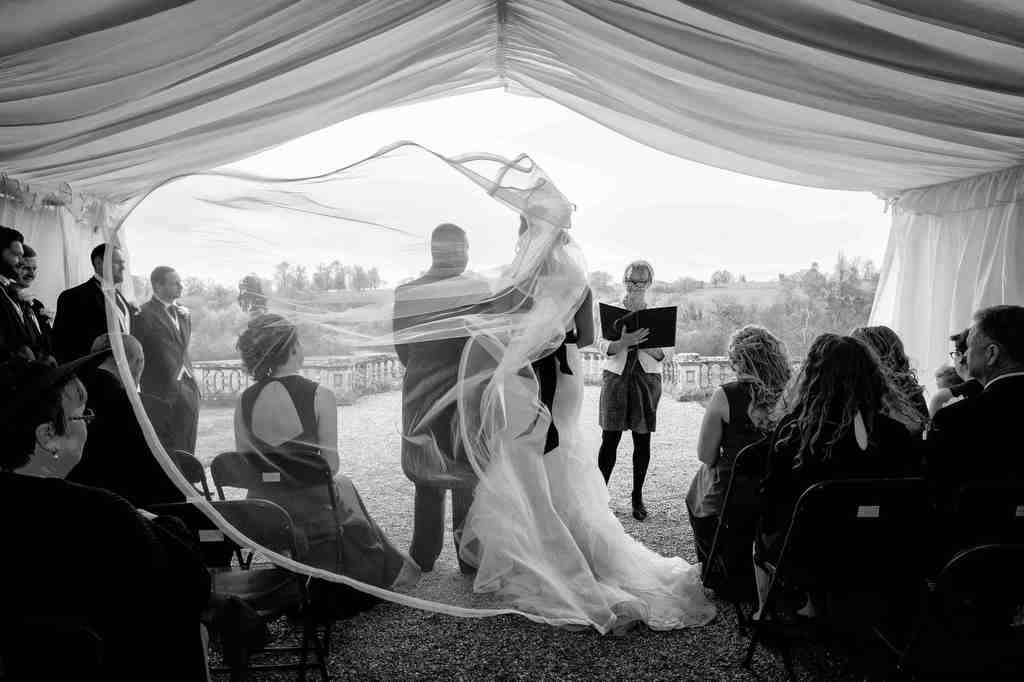
Lighting
Just as a writer uses words to tell a story, a photographer uses light. Understanding how to manipulate and respond to lighting conditions is essential to creating compelling images. Here’s how to get started:
Understand Natural Light: The quality of natural light can change dramatically throughout the day, and you’ll need to understand how to work with these changes to create beautiful images.
Use Off-Camera Flash: Off-camera flash can be a powerful tool for creating dramatic and interesting lighting effects, especially in low-light situations.
Experiment with Backlighting: Backlighting can create a beautiful, ethereal look in your photos, but it can also be tricky to work with. Practice shooting in different backlighting conditions to understand how to expose correctly and avoid lens flare.
Use Reflectors: Reflectors can help you control and shape natural light, whether you’re shooting outdoors in bright sunlight or indoors in a dimly lit room.
Understand Colour Temperature: Different light sources have different color temperatures, and this can affect the look and feel of your photos.
Shoot During Golden Hour: The golden hour—the hour just after sunrise or just before sunset—offers some of the most beautiful light for photography.
Know How to Handle Harsh Light: Midday sun can create harsh shadows and overexposed highlights. You’ll need to know how to deal with these challenging conditions, whether that’s by seeking out shade, using a reflector, or adjusting your camera settings.
Learn Low-Light Techniques: Weddings often involve low-light situations, such as candlelit dinners or evening dances. You’ll need to be comfortable shooting in these conditions and know how to get sharp, well-exposed photos.
Understand the Role of Light in Storytelling: Light can set a mood, highlight an important detail, or add depth and contrast to a scene. Always be aware of how you’re using light to tell your story.
Learn from the Masters: Study the work of other photographers and how they use light. For example, take a look at this complete wedding to see how light can be used to tell a story.
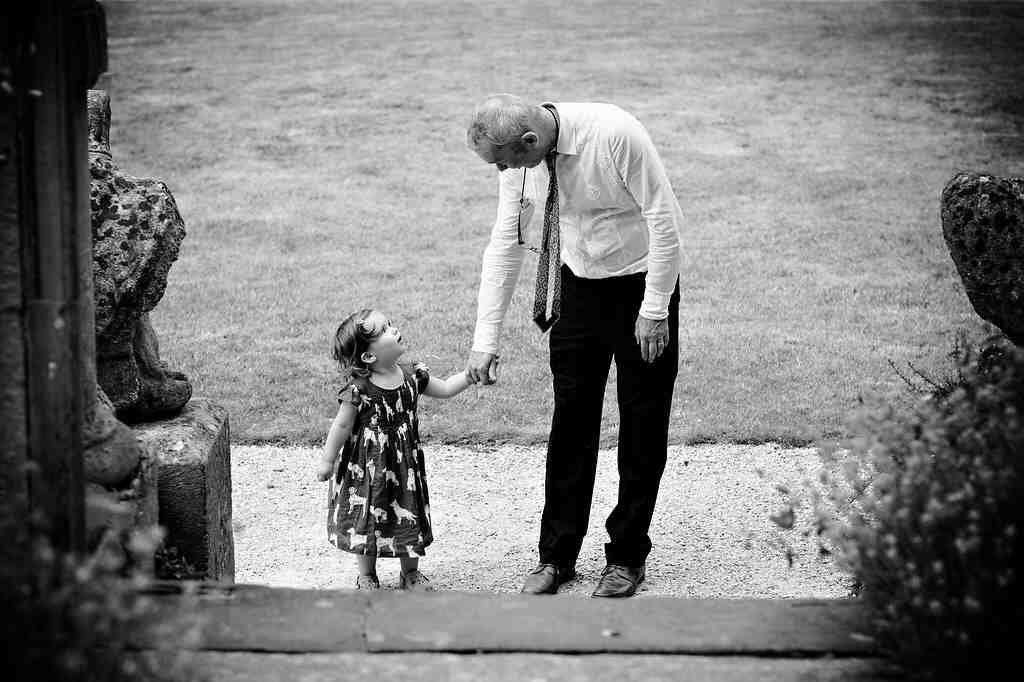
Gaining Experience
Gaining experience in wedding photography is about more than just improving your technical skills. It’s also about learning how to navigate the dynamics of a wedding day, building your confidence as a professional, and developing your unique voice as a photographer. Here are some ways to do that:
Second Shoot: One of the best ways to gain experience in wedding photography is to work as a second shooter for a more experienced photographer.
Assist: If you’re not ready to shoot, consider working as an assistant to a wedding photographer. This can give you a behind-the-scenes look at how a wedding is shot and allow you to learn the ropes without the pressure of being the primary photographer.
Shoot for Friends and Family: Offer to shoot weddings or other events for friends and family to build your portfolio and gain experience in a low-pressure setting.
Attend Workshops: There are many workshops and courses available for aspiring wedding photographers, where you can learn from experienced professionals and practice your skills.
Practice at Home: Set up mock wedding scenes at home and practice shooting them. This can help you get comfortable with posing, composition, and lighting.
Enter Contests: Photography contests can be a great way to challenge yourself and get your work seen by a wider audience.
Network: Join local photography groups, attend industry events, and make connections with other photographers. These relationships can lead to opportunities to second shoot, assist, or collaborate.
Learn from Your Mistakes: Don’t be discouraged by your early mistakes. Instead, see them as opportunities to learn and improve.
Seek Feedback: Don’t be afraid to ask for feedback on your work from other photographers, friends, or family. They can offer a fresh perspective and help you see areas for improvement.
Stay Patient: Building a successful wedding photography business takes time. Keep learning, keep shooting, and stay patient.
The journey to becoming a successful wedding photographer can be a winding one, much like the unpredictable paths Bill Bryson often finds himself on. But with persistence, a keen eye, and a thirst for storytelling, you’ll find your way. And when you do, you’ll know that you’ve truly arrived.
In the next part of this series, we’ll explore the importance of gear, composition, and seeing the subject through the lens. We’ll also take a closer look at the work of Michael Gane, an award-winning wedding photographer who has perfected the art of reportage photography. Until then, keep shooting, keep exploring, and above all, keep seeing the beauty in the everyday.
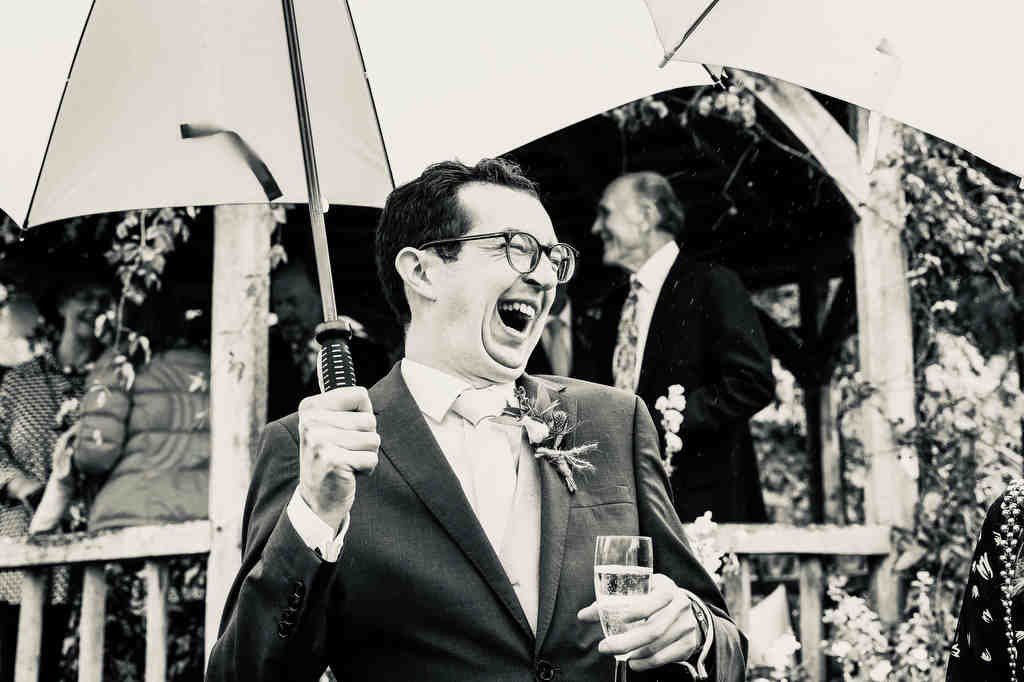
Honing Your Craft: A Deep Dive into the Skills, Lighting Techniques, and Experience-Building Strategies for Aspiring Wedding Photographers
Navigating the world of wedding photography, especially in a place like Bath, can be as exhilarating and challenging as a thrilling adventure tale penned by Bill Bryson himself. Just as Bryson hones his craft through keen observation and thoughtful narration, so too must the aspiring wedding photographer sharpen their skills to expertly document the unexpected twists and turns of a couple’s big day.
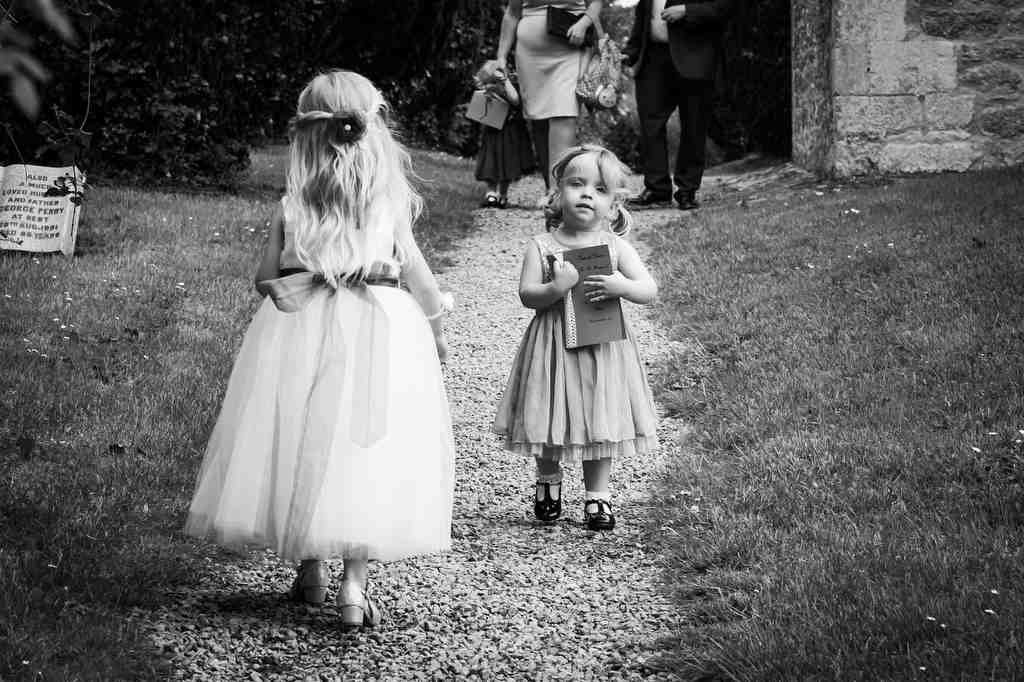
Mastering the Skills
Learning the Basics: To become a proficient wedding photographer, you must first understand the fundamental elements of photography. Enrol in a photography course, immerse yourself in the abundant literature on the topic, or practice on your own. In this way, you’re building a solid foundation upon which you can develop your own unique style and approach.
Practicing Storytelling: Every photo is a narrative waiting to be told. Learn to tell stories with your camera, using the positioning of your subjects, the interplay of light and shadow, or a captured candid moment to convey a message or evoke an emotion. Your lens is your pen, and the world is your manuscript.
Building Observation Skills: A crucial component of reportage photography is the ability to capture moments in their natural state. You can cultivate this skill by practicing street photography or observing people in public places. In much the same way an author captures their characters’ quirks and idiosyncrasies, you must learn to anticipate and seize the spontaneous moments that truly define the wedding day.
Developing People Skills: As a wedding photographer, you are a guest privy to the emotional ebbs and flows of the couple’s special day. Understanding how to interact with people in such an environment—managing stress, diffusing tensions, and making your subjects feel at ease—is vital to capturing authentic, candid shots.
Learning Post-Processing: The development of your photo does not end with the click of the shutter. An understanding of how to edit your photos in post-production to enhance their narrative is a crucial part of the job. This includes learning software like Adobe Lightroom or Photoshop to bring out the best in your photos.
Understanding Wedding Etiquette: Every wedding has its own unique rhythms and customs. It’s crucial to appreciate and respect these dynamics. Whether it’s adhering to the customs of a different culture or knowing when to step back, understanding the etiquette will only aid you in authentically capturing the day’s events.
Knowing Your Gear: Your camera and lenses are extensions of your vision. Understanding how to use your equipment to its fullest potential can help you capture that perfect shot without being distracted by technical difficulties.
Staying Current: The world of photography is as dynamic as the scenes you capture. Keeping up-to-date with the latest gear, techniques, and trends will help you stay relevant in this ever-changing landscape.
Learning from Others: Inspiration can be drawn from the work of others. Studying photographs that resonate with you can provide invaluable insights and influence your own style. For instance, a careful perusal of these favorite photos can inspire fresh ideas and approaches.
Keeping Practice: Photography, like writing, is honed through consistent practice. The more you shoot, the more you learn about your style, preferences, and areas of improvement. Just as an author must write every day, you too must keep shooting to refine your craft.
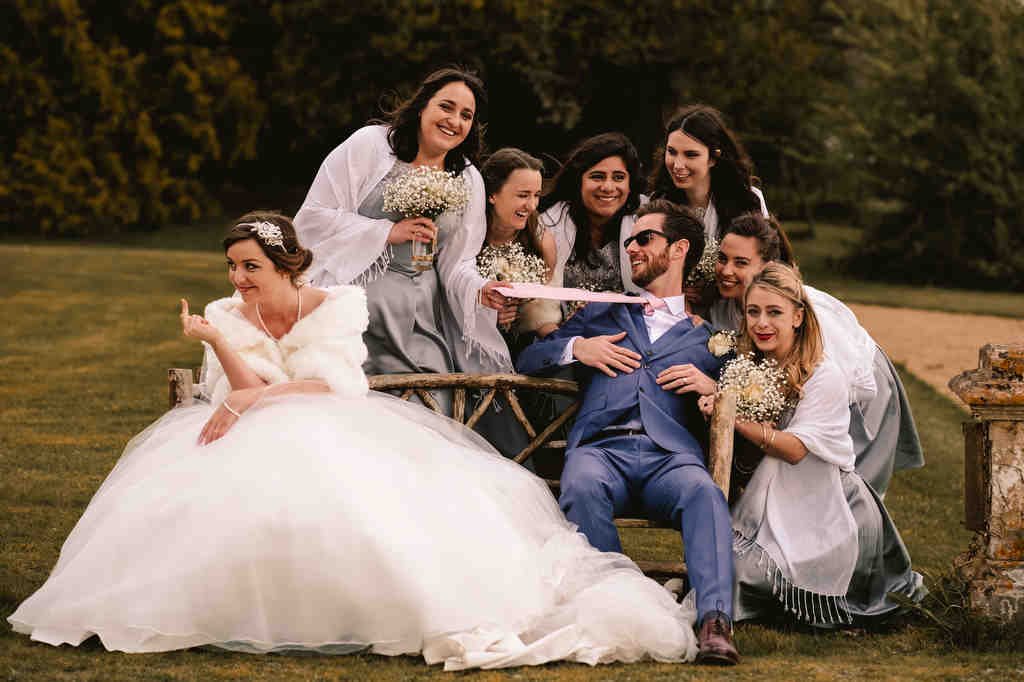
Playing with Lighting
Understanding Natural Light: Natural light can vary dramatically throughout the day. The soft, diffused light of dawn, the harsh midday sun, and the golden hue of the sunset all offer unique lighting conditions. Mastering how to work with these shifts in natural light will be instrumental in creating stunning images.
Using Off-Camera Flash: The use of off-camera Flash can open a world of creative possibilities. It allows you to create a balance between your subject and the background, or add drama and dimension to your images, especially in low-light scenarios.
Experimenting with Backlighting: Backlighting can create an ethereal, dreamy effect in your photos. However, it can also be challenging, requiring a strong understanding of exposure and techniques to avoid unwanted lens flare. Practicing in different backlighting conditions will help you master this effect.
Using Reflectors: Reflectors can be an invaluable tool in managing and manipulating natural light. They can help you fill in shadows, reduce contrast, or create catchlights, thereby giving you more control over the lighting in your shot.
Understanding Colour Temperature: Different sources of light have different color temperatures, which can significantly affect the mood and feel of your photographs. Mastering the concept of white balance in photography will allow you to control the impact of color temperature on your images.
Shooting During Golden Hour: The golden hour—the period shortly after sunrise or before sunset—provides soft, warm light that can make your photos glow with a dreamy quality. Capitalizing on this time of day can significantly enhance the aesthetic appeal of your shots.
Knowing How to Handle Harsh Light: Harsh, direct sunlight can create strong contrasts and unflattering shadows. Understanding how to use techniques like diffusing light or finding open shade can help mitigate these issues and result in more balanced, well-lit images.
Learning Low-Light Techniques: Weddings often involve shooting in low-light conditions, like candlelit ceremonies or evening receptions. Learning how to use a fast lens, slower shutter speed, or higher ISO can help you produce crisp and well-exposed photos even in these challenging situations.
Understanding the Role of Light in Storytelling: Just as a writer uses words to set a scene, a photographer uses light to tell a story. Whether it’s a dramatic spotlight on the couple during their first dance or soft, diffused light for a romantic portrait session, understanding how light contributes to storytelling is vital.
Learning from the Masters: Studying the work of renowned photographers and how they utilize light in their photographs can provide a wealth of knowledge. A perfect example is this complete wedding where you can see how light has been used to craft beautiful, emotion-evoking images.
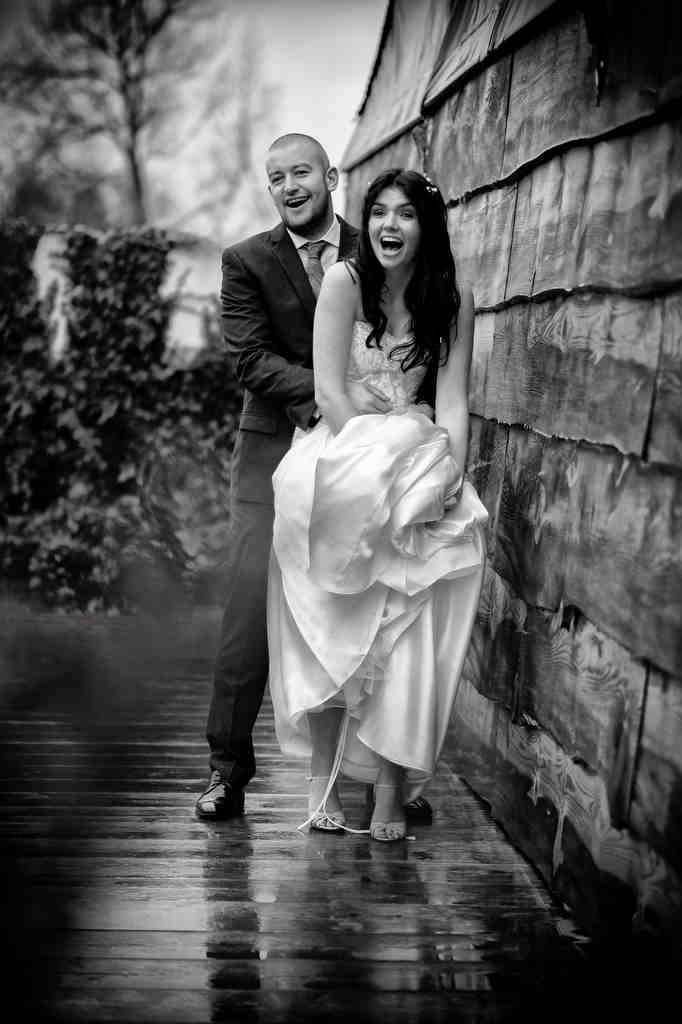
Gaining Experience
Second Shooting: Becoming a second shooter for a more experienced photographer provides invaluable experience. You gain exposure to real wedding scenarios, learn how to manage logistics, and understand how to interact with clients—all without the pressure of being the main photographer.
Assisting: If shooting a wedding seems daunting, consider working as an assistant to a wedding photographer. This role provides a chance to understand the workflow and mechanics of a wedding shoot without the responsibility of capturing key moments.
Shooting for Friends and Family: Offering to photograph weddings or other events for friends and family allows you to build your portfolio and gain hands-on experience in a lower-pressure environment.
Attending Workshops: Participating in photography workshops or courses can provide professional guidance, help improve your techniques, and give you a platform to network with other photographers.
Practicing at Home: Creating a mock wedding scenario at home and photographing it allows you to experiment with different compositions, lighting conditions, and poses at your own pace.
Entering Contests: Submitting your work to photography contests can provide constructive feedback, improve your skills, and increase your visibility in the industry.
Networking: Building relationships with other photographers can open up opportunities for collaboration, provide a platform for knowledge exchange, and even result in referrals.
Learning from Your Mistakes: Every mistake is a learning opportunity. Whether it’s a poorly framed shot or a missed moment, understanding what went wrong and how to avoid it in the future is a key aspect of your growth as a photographer.
Seeking Feedback: Constructive criticism can help identify areas of improvement. Whether it’s from fellow photographers or clients, being open to feedback can significantly improve your work.
Staying Patient: Gaining proficiency and building a client base takes time. Persistence, practice, and patience are key as you work towards establishing yourself as a skilled wedding photographer.
From developing the necessary skills to manipulating lighting conditions to learning on the job, there’s a wealth of avenues to explore in your journey to becoming a wedding photographer. Much like a captivating Bill Bryson travelogue, this journey promises to be filled with unique encounters, exhilarating challenges, and invaluable lessons that will shape you into a photographer capable of capturing the fleeting moments that make a wedding truly special.


